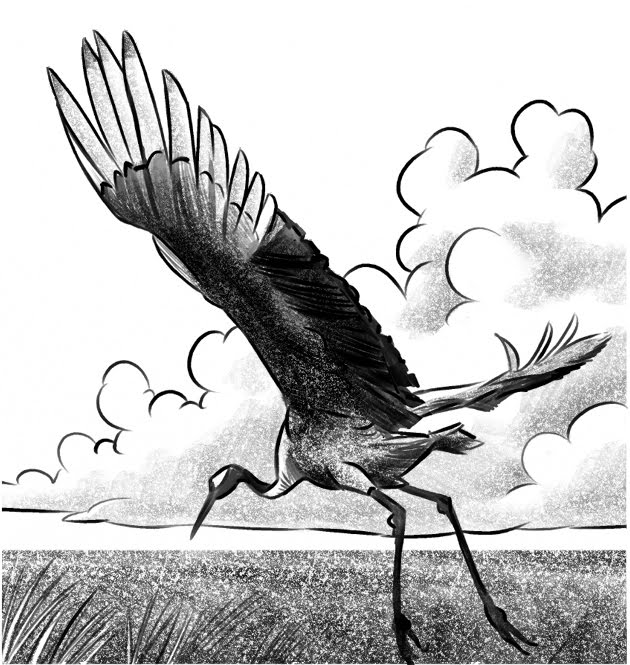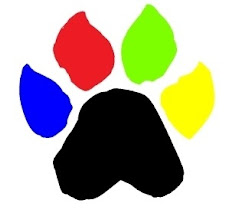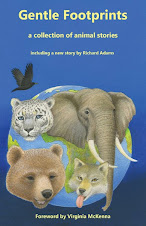
The term ‘black panther’ is used to describe a number of big cats, including the Latin American black jaguar and the North American black cougar or puma. The big cat in my story is most likely to be a melanistic Leopard (panthera pardus), the most common form of black panther exploited in circuses, zoos and the exotic pet industry. Melanism is the result of a recessive gene, producing an excess of the black pigment melanin. This colouring may be an evolutionary development, benefiting animals in terms of camouflage when living in habitats with low light levels. Leopards are native to Africa and Asia, the melanistic form most prevalent in parts of China, particularly the most densely forested areas in the south west, Myanmar, Assam and Nepal, southern India, Java and the south Malay.
Leopards are solitary, nocturnal animals. The females raise their two or three young alone, but fathers will occasionally provide food. Litters can comprise a mixture of melanistic and non-melanistic cubs. They become independent at about two years, and can live up to twelve years. Leopards can be 2-3 metres in length, including the tail, and up 70cm in height to the shoulder, and weigh up to 90 kilos. Melanistic leopards are usually at the smaller end of these ranges, though this may be due to the recording of data from mainly captive bred animals, which are smaller due to selective in-breeding. In their natural habitat, leopards will hunt small antelope, pigs, rabbits, rats and other small mammals, and take their prey up into trees to eat.
Although leopards have the widest range of any species of cat in Africa and Asia, this is decreasing and becoming more fragmented because of hunting and habitat loss. The leopard is classified by the World Conservation Union as ‘near threatened’.
Born Free Foundation rescues leopards from lives of misery in poor captive conditions from Africa and Europe, raising awareness and providing lifetime care in spacious natural habitat sanctuaries in Africa.
Visit: http://www.bornfree.org.uk/campaigns/big-cat-rescue

Tomorrow, I’ll be thinking back to the day the circus came to Norwich.






No comments:
Post a Comment